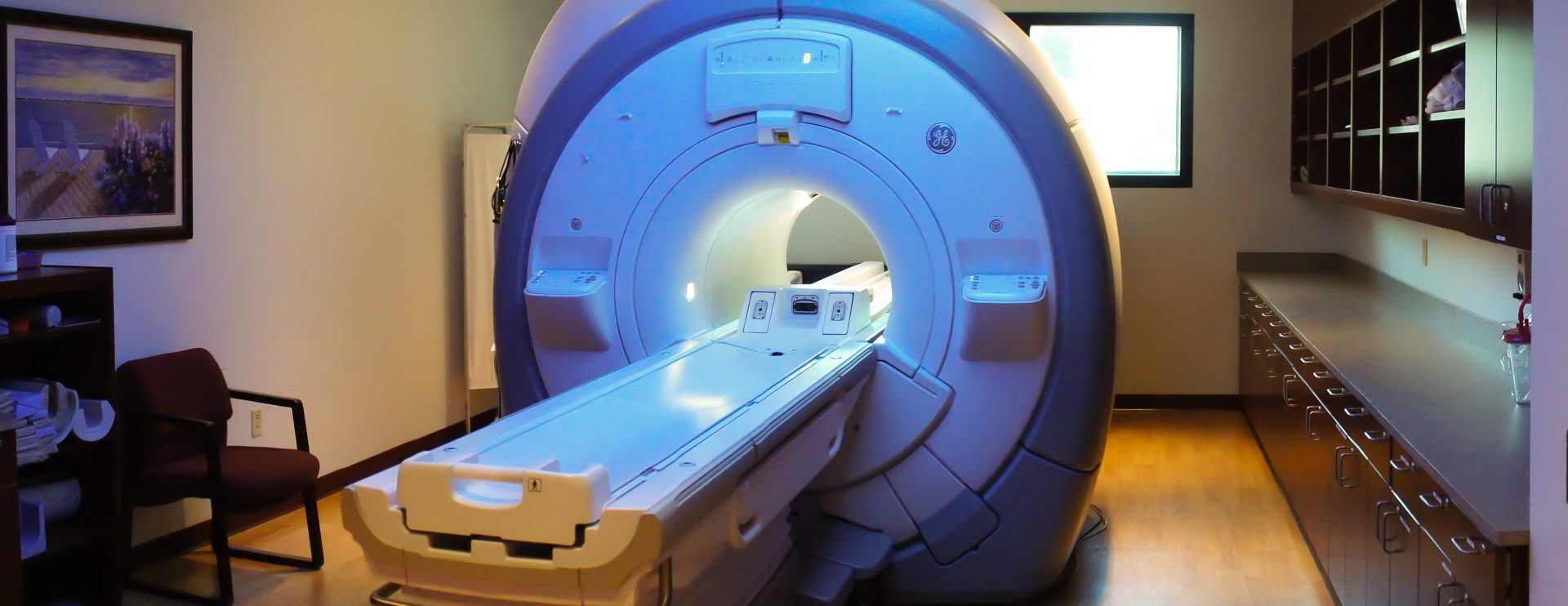
Stroke is the leading cause of death and disability globally and in the United States with nearly 800,000 people experiencing a stroke every year in the U.S. A stroke usually occurs when a blood clot blocks the supply of oxygen rich blood to the brain. The lack of adequate blood supply impairs functionality and may cause long term brain damage without immediate medical intervention.
The different types of stroke are:
Ischemic stroke – accounts for 87% of all strokes and occurs when an obstruction, such as a blood clot, blocks the supply of blood to the brain. This is called a Thrombotic stroke and may occur in either a large vessel like the carotid artery or a smaller arterial blood vessel, which could also result in a brainstem stroke.
Hemorrhagic Stroke (Bleeds) – This type of stroke occurs when a weakened blood vessel ruptures and bleeds into the surrounding brain. This may be caused by an aneurysm or an arteriovenous malformation (AVM) and may occur within the brain (intracerebral) or could be a subarachnoid hemorrhage. Uncontrolled high blood pressure is the most common cause of hemorrhagic stroke.
TIA (Transient Ischemic Attack) – This type of stroke is called a “mini stroke” and is caused by a temporary clot. TIA strokes should be considered a warning and taken seriously.
Improvements in Management and Treatment
With greater awareness of symptoms, prompt medical attention, and better management of cardiovascular risk factors, we are preventing strokes and improving outcomes.
The 1996 FDA approval of a powerful blood thinner medication called Tissue Plasminogen Activator (tPA), (Alteplase, Activase®), is the only FDA-approved treatment for ischemic or thrombotic stroke. tPA has greatly improved the outcome of stroke patients when administered quickly, within three hours of stroke onset.
What is tPA and How Does it Work?
tPA is a blood thinner and is therefore not to be used to treat strokes caused by head trauma or a hemorrhagic stroke. tPA works by dissolving the blood clot and restoring blood flow to the regions of the brain affected by the stroke. When administered quickly, this can limit the amount of functional impairment and long-term brain damage.
tPA is a naturally occurring protein that is found on the cells that line blood vessels called endothelial cells. tPA activates the conversion of plasminogen to plasmin, which is an enzyme that is responsible for the breakdown of clots. This helps to restore blood flow to the brain. tPA is a powerful blood thinner that should only be administered by a medical professional.
Medical Conditions Dangerous with tPA
Before a stroke patient is administered tPA, a brain scan will be completed to detect medical conditions that would be dangerous with tPA. Conditions that would not allow administering tPA include:
- Brain aneurysm or AVM
- Hemorrhagic stroke, bleeding in the brain
- Head injuries or trauma
- Blood clotting or bleeding disorders
- Bleeding ulcers
- Blood thinning medication
- Uncontrolled high blood pressure
- Pregnancy
It is important to get to a hospital as soon as suspecting a stroke to maximize your chances of receiving the most effective treatment.
Symptoms of a Stroke
Learn to recognize the symptoms of a stroke so that you can seek immediate medical help. By learning and sharing the F.A.S.T. warning signs, you could save a life, as the person having a stroke may not be aware they are experiencing symptoms.
Do not wait for the following symptoms to disappear. If you notice any of the following signs of a stroke, seek medical help immediately:
F – Face drooping. If you notice an uneven or lopsided smile, or one side of the face is drooping or numb, this is a serious symptom of a stroke.
A – Arm weakness. Ask the person to raise both of their arms to see if one arm drifts downward, is numb or weak.
S – Speech difficulty. Ask the person to repeat a simple sentence. See if they are unable to speak, or if speech is slurred or difficult to understand.
T – Time to call 911! Do not hesitate to call 9-1-1 even if symptoms go away. Anyone experiencing any of these symptoms needs to get to the hospital immediately.
Additional symptoms of stroke include:
- Dizziness
- Vomiting
- Confusion
- Double vision
- Difficulty walking
- Sudden, severe headache
- Droopy eyelid or droopy face
- Loss of coordination or balance
- Trouble speaking or understanding words
- Blurred or blackened vision in one or both eyes
- Weakness or numbness in the face, arm, or leg
Find more information on healthy eating, lifestyle choices, fitnes,s and recipe suggestions to prevent stroke at the American Stroke Association, where you can also find support for recovery and living with the effects of stroke.
Preventing Stroke
Prevention is the most effective way to avoid living with the consequences and effects of a stroke. Stroke prevention is an important part of a healthy lifestyle. There are many things that you can do to prevent a stroke:
- Quitting smoking
- Reducing alcohol intake
- Increase physical activity
- Losing weight
- Eliminate illegal drug usage
- Manage diabetes if a diabetic
- Lowering fat and cholesterol levels
- Maintaining healthy blood pressure
Even with the medical treatments available, such as tPA, stroke prevention, and learning how to recognize symptoms of a stroke are the best things you can do to protect yourself and loved ones.
If you are recovering from a stroke, you are not alone. Reach out to the networks and caregivers available to you; your network can lift you up. There is help available to rehabilitate your body and mind.
If we all learn to recognize the symptoms of a stroke and act quickly, together we can save lives. Greater Waterbury Imaging Center is committed to providing our community with an exceptional MRI experience. Please contact us for all your MR imaging needs, including MRI for stroke diagnosis and monitoring, to receive fast, accurate, and comfortable MRI services.


